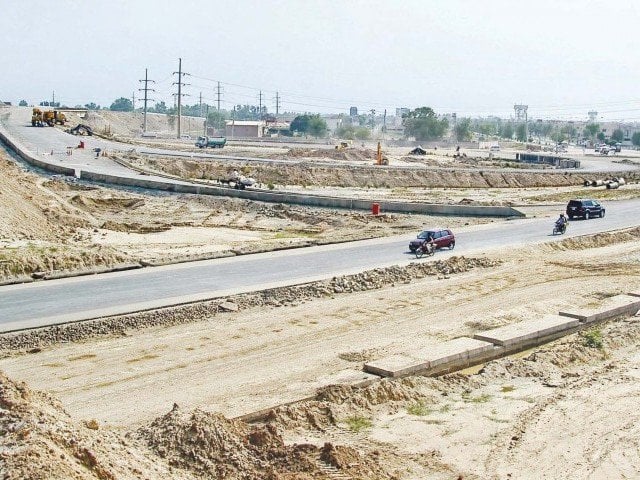In the vast landscape of infrastructure development, road construction stands as a cornerstone of progress. From the ancient Roman roads to the modern superhighways, the way we build roads has evolved significantly. Yet, despite centuries of advancement, the process has often been plagued by inefficiencies, delays, and high costs. However, in recent years, a transformative force has emerged to revolutionize this fundamental aspect of civilization – technology.
Embracing Innovation:
In the realm of road construction, innovation is not just a buzzword; it’s a necessity. The traditional methods, reliant heavily on manual labor and outdated machinery, have long been the bottleneck in the construction industry. However, the advent of cutting-edge technologies is reshaping this landscape, offering solutions that enhance efficiency, safety, and sustainability.
1. Building Information Modeling (BIM):
At the heart of this technological revolution lies Building Information Modeling (BIM). This sophisticated process involves creating digital representations of physical and functional characteristics of construction projects. By leveraging BIM, road construction teams can visualize the entire project in a virtual environment, allowing for better planning, coordination, and communication among stakeholders. From initial design to maintenance, BIM streamlines the entire lifecycle of road infrastructure.
2. Automated Machinery:
Gone are the days when construction crews relied solely on manual labor to lay asphalt or pave roads. Today, automated machinery is taking center stage, offering precision and speed that human hands cannot match. From self-driving pavers to robotic bricklayers, these advanced machines not only accelerate the construction process but also ensure consistency and quality in every phase of the project.
3. Drone Technology:
The sky is no longer the limit when it comes to monitoring and surveying construction sites. Drones have emerged as indispensable tools for road builders, providing aerial insights that were once unimaginable. Equipped with high-definition cameras and LiDAR sensors, drones can capture detailed images, create 3D models, and perform topographic surveys with unparalleled accuracy. This aerial perspective enables project managers to identify potential issues, monitor progress, and make informed decisions in real-time.

4. Smart Materials:
In the quest for more durable and sustainable roads, researchers are developing innovative materials embedded with smart technology. Self-healing concrete, for instance, contains bacteria that can repair cracks autonomously, extending the lifespan of roadways and reducing maintenance costs. Similarly, photovoltaic roads integrate solar panels into the pavement, harnessing renewable energy to power streetlights and traffic signals. These smart materials not only enhance the functionality of roads but also contribute to a greener future.
The Road Ahead:
As technology continues to evolve at a rapid pace, the future of road construction holds immense promise. From artificial intelligence optimizing traffic flow to 3D printing revolutionizing bridge construction, the possibilities are limitless. However, for these innovations to reach their full potential, collaboration and investment are crucial. Governments, private sectors, and research institutions must work together to harness the power of technology and build the infrastructure of tomorrow.
In conclusion, the role of technology in streamlining road construction processes cannot be overstated. By embracing innovation, leveraging digital tools, and investing in research, we can overcome the challenges of the past and pave the way for a smoother, safer, and more sustainable future. As we embark on this journey of progress, let us remember that the road to innovation is paved with possibilities. Be sure to visit linemarkingpro.com for additional tips and information about streamlining road construction processes.





